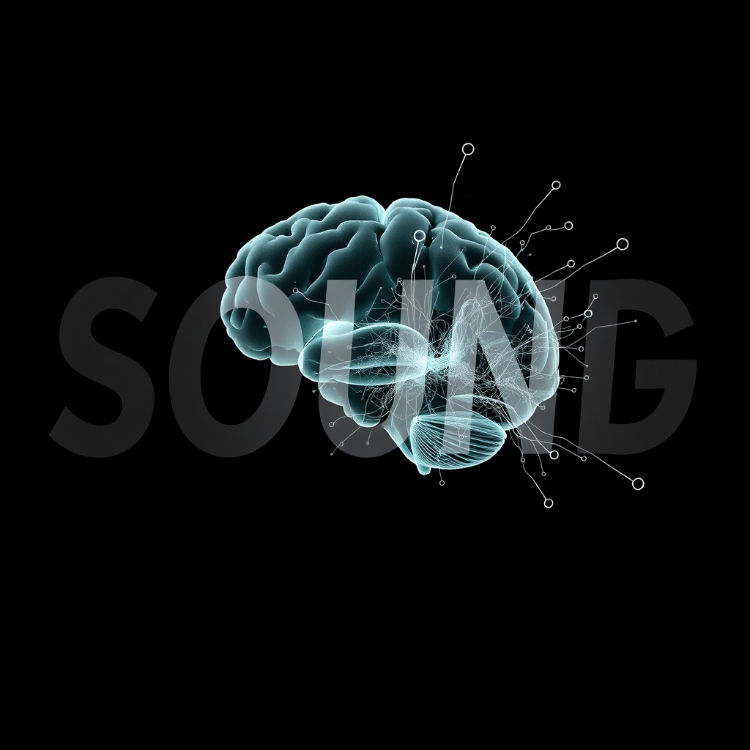Hearing your mix- Gear that really never will go away.
- zwiener0

- Nov 8
- 2 min read
Theme
Evaluating mixes across multiple listening environments (A/B/C) using dedicated monitoring gear is crucial to save time and achieve reliable, translation-ready audio decisions without leaving the studio.

Key Points
Certain physical monitoring gear remains indispensable even with AI and modern computers.
The demonstrated setup enables A/B listening across different outputs.
The rig includes “crappy” speakers (avantone sound cube) simulating car audio, a mediocre environment, yet well used flat eq of the Yamaha NS-10, and mains Dynaudio BM15-A as the top reference.
Rapid switching between these environments reveals how mixes translate.
This workflow saves significant time by reducing external listening trips.
Pre-checking mixes across multiple references improves decisions before leaving the studio.
The gear supports A/B (and effectively A/B/C) comparisons for efficient workflow.
Time savings compound across many mix iterations.
Achieving reliable translation across playback systems is a core mixing goal addressed by this gear.
This session is part of content covered “today with the KrebsStar Media.”
Highlights
"Some gear in today's society of AI and computers still is extremely essential and helpful for you."
"If you can A and B... and listen to the way each one sounds... you're actually able to save a tremendous amount of time in the long run."
"Why is that important? It saves you a ton of time between mixes."
Topics
Why Physical Monitoring Gear Still Matters
Physical monitoring gear remains essential because it provides reliable, immediate translation checks across different listening environments—something AI or software alone cannot fully replace.
Some gear is still extremely essential and helpful even with AI and computers.
Hardware A/B listening enables direct comparison of how tracks sound in different environments.
Reliable translation across playback systems is a core outcome of using such gear.
Multi-Environment Monitoring: Car, Mediocre, and Mains
Using three distinct monitoring outputs—car-like “crappy” speakers, a mediocre environment, and the main high-quality monitors—provides a comprehensive perspective on how a mix translates, enabling better decisions without leaving the studio.
Car-like “crappy” speakers simulate real-world listening constraints.
A mediocre environment offers a different, mid-tier perspective.
Mains represent the best-of-the-best reference for detail and balance.
A/B (and A/B/C) switching streamlines comparison across these references.
Workflow Efficiency Through In-Studio A/B/C
In-studio A/B/C monitoring drastically reduces time spent on external checks by allowing fast comparison before heading to the car or other sources, effectively saving “a ton of time between mixes.”
Rapid switching avoids trips to external listening sources.
Pre-checking mixes leads to fewer revision cycles and faster iteration.
Time savings compound over multiple mixes and sessions.
Suggestions
Use A/B/C reference monitoring to test translation before any external listening checks.
Calibrate levels between references to maintain consistent loudness and avoid bias while switching.
Prioritize critical decisions (low end, vocals, and transient clarity) using the car-like and mediocre references before fine-tuning on mains.
.png)



Comments